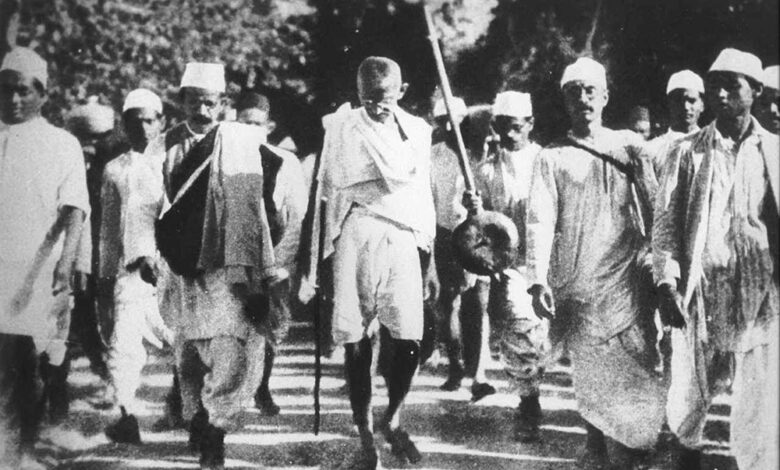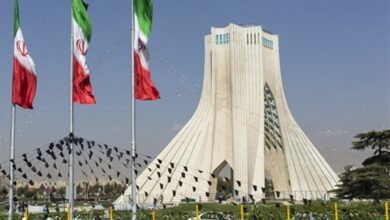India’s struggle for independence: A legacy of courage and sacrifice
India’s independence from British colonial rule on 15 August 1947, marked the end of nearly two centuries of foreign domination. The road to freedom was long, arduous, and marked by remarkable resilience, strategic non-violence, and sacrifices by countless men and women across the country. The Indian independence movement is a story of a nation’s awakening—a people rising together to reclaim their identity, dignity, and destiny.

The British East India Company first set foot in India in the early 17th century under the guise of trade. By the mid-18th century, after the Battle of Plassey in 1757, the company began exerting control over Indian territories. Gradually, it transitioned from a trading enterprise to a political power, paving the way for direct British Crown rule in 1858, following the brutal suppression of the Revolt of 1857, also known as the First War of Indian Independence.
The 1857 revolt, led by figures like Rani Lakshmibai of Jhansi, Bahadur Shah Zafar, Tantia Tope, and Mangal Pandey, marked a significant early expression of resistance. Although it was ultimately crushed, the uprising sparked the consciousness of future freedom fighters and sowed the seeds of national unity.
By the late 19th century, nationalist sentiments began to take more organized form. The Indian National Congress (INC) was founded in 1885 as a platform for dialogue between educated Indians and British rulers. Initially moderate in its approach, the INC evolved into the central force of India’s independence movement. Leaders like Dadabhai Naoroji, known as the ‘Grand Old Man of India’ advocated constitutional reforms and exposed the economic drain of colonial rule.
The turn of the 20th century brought a more assertive phase in the movement. Bal Gangadhar Tilak, one of the early proponents of complete independence, famously declared, “Swaraj is my birthright, and I shall have it!” Alongside Bipin Chandra Pal and Lala Lajpat Rai, Tilak formed the Lal-Bal-Pal trio, who energized youth and laid the ideological foundation for assertive nationalism.
A transformative figure emerged in the early 20th century—Mohandas Karamchand Gandhi, later known as Mahatma Gandhi, who returned from South Africa in 1915. Gandhi introduced ‘satyagraha’ (truth-force) and ‘ahimsa’ (non-violence) as the moral compass of India’s struggle. Under his leadership, movements like the Non-Cooperation Movement (1920–22), Salt March (1930), and Quit India Movement (1942) mobilized millions across class, caste, and gender lines in peaceful resistance against British authority.
While Gandhi advocated non-violence, other leaders took different paths. Subhas Chandra Bose, a charismatic and radical nationalist, believed armed struggle was necessary. He broke away from the INC and formed the Azad Hind Fauj (Indian National Army) to fight the British with the help of Axis powers during World War II. Bose’s famous rallying cry, “Give me blood, and I shall give you freedom!” resonated with many Indians willing to take up arms.
Another crucial contributor was Jawaharlal Nehru, who would later become independent India’s first Prime Minister. A close associate of Gandhi, Nehru combined idealism with pragmatism and played a central role in mobilizing youth, advocating for socialism, and shaping the post-independence vision of modern India.
Sardar Vallabhbhai Patel, known as the ‘Iron Man of India’, was instrumental not only during the freedom struggle but also in integrating over 560 princely states into the Indian Union after independence. His administrative skills and unwavering resolve ensured national unity at a fragile time.
Dr. B.R. Ambedkar, a jurist and social reformer, stood out as a tireless advocate for the rights of Dalits and marginalized communities. Though not part of the mainstream nationalist movement, Ambedkar’s contributions were vital in ensuring social justice became a pillar of India’s democratic foundation. As the chief architect of the Indian Constitution, he shaped a legal framework that safeguarded civil liberties for all citizens.
Women played a profound role in the independence struggle, often under-recognized in mainstream narratives. Figures like Sarojini Naidu, Annie Besant, Aruna Asaf Ali, Kasturba Gandhi, and Usha Mehta took part in protests, underground radio broadcasts, and political mobilization. Their participation helped challenge gender norms and placed women at the heart of national activism.
The independence struggle also had strong regional and revolutionary threads. In Bengal, revolutionary groups like Anushilan Samiti and Jugantar carried out armed resistance, while in Punjab, Bhagat Singh, Rajguru, and Sukhdev became icons of youthful defiance. Bhagat Singh’s execution at age 23 turned him into a martyr whose legacy still inspires generations.
As World War II ended, Britain’s economic and military resources were depleted. Coupled with growing global anti-colonial sentiment, internal pressure from mass movements, and the naval mutinies of 1946, Britain was forced to negotiate independence. Lord Mountbatten, the last Viceroy, announced that power would be transferred by 15 August 1947.
However, freedom came at a great cost. The Partition of India led to the creation of Pakistan and triggered one of the bloodiest episodes in history, with communal violence and the displacement of over 14 million people. Despite the trauma, India emerged as a sovereign, democratic republic with aspirations of unity, secularism, and development.
The legacy of India’s independence struggle is a reminder of the power of collective action, moral leadership, and resilience in the face of oppression. From Gandhi’s spinning wheel to Bhagat Singh’s bravery, from Nehru’s vision to Ambedkar’s constitutional wisdom, India’s freedom was not won in a day—it was forged through decades of sacrifice, strategy, and an unbreakable will to be free.
Today, as India continues its journey as the world’s largest democracy, the values and voices of its freedom fighters serve as a compass for future generations. Their stories remind us that independence is not just the absence of colonial rule, but the ongoing pursuit of justice, dignity, and equality for all.












